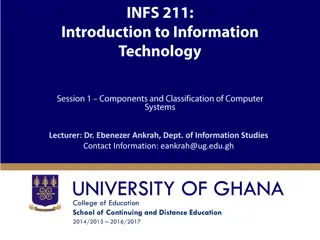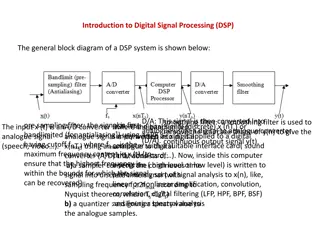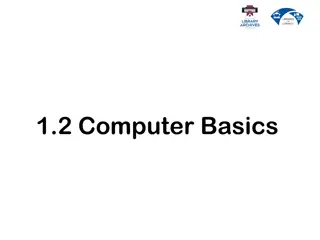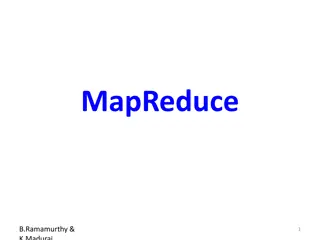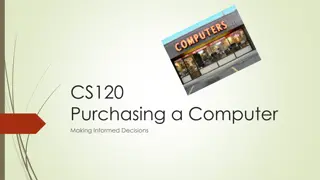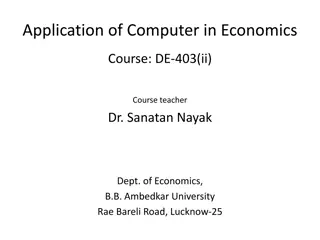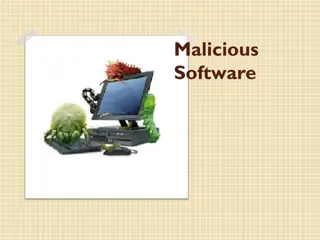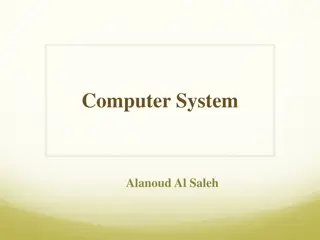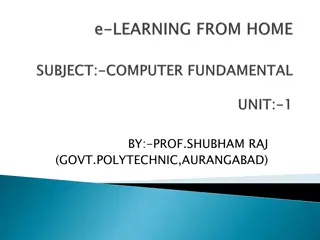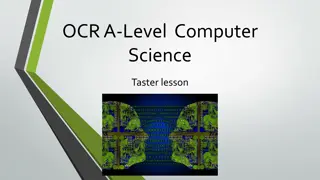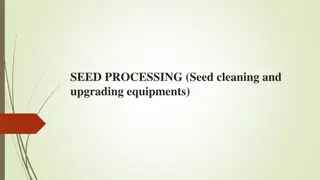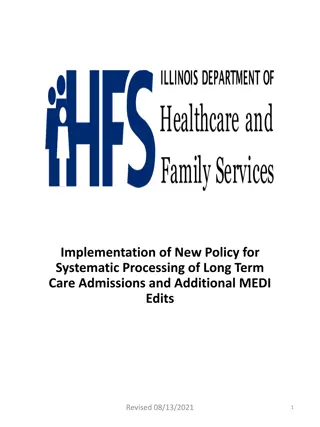Understanding Computer Processing Systems
Computer processing systems consist of various components such as the control unit, ALU, input unit, CPU, output unit, memory, and more. Input devices feed raw data to the computer, while output devices provide processed information. The CPU plays a crucial role in executing instructions and data processing. The system bus allows communication between different parts of the computer, facilitating data transfers. Overall, the diagram and components of a computer system work together to store, manipulate, and retrieve data efficiently for various tasks.
Download Presentation

Please find below an Image/Link to download the presentation.
The content on the website is provided AS IS for your information and personal use only. It may not be sold, licensed, or shared on other websites without obtaining consent from the author. Download presentation by click this link. If you encounter any issues during the download, it is possible that the publisher has removed the file from their server.
E N D
Presentation Transcript
WHAT IS COMPUTER? Electronic device used to store, retrieve, and manipulate the data
THE BASIC COMPONENTS CONTROL UNIT ALU INPUT UNIT CPU OUTPUT UNIT MEMORY SYSTEM UNIT
INPUTDEVICES: FEEDTHECOMPUTER WITHRAWMATTER-FACTSORDATA. Keyboard Mouse Scanner Joystick
OUTPUTDEVICES: PROCESSEDDATAOR INFORMATIONISSENTTOTHEOUTPUTDEVICE CONNECTEDTOCOMPUTER. Monitor Printer Plotter
PROCESSING The storage of data, numerical comparisons, arithmetic operations are performed on data to produce desired results.
BLOCKDIAGRAMAND COMPONENTSOF COMPUTER Control Unit Arithmetic and logic Unit Central Processing Unit Registers PC Main Memory External Memory Input Devices Output Devices IR System Bus
THEBLOCK DIAGRAMOF COMPUTERINCLUDESTHE GENERALORGANIZATIONANDINTERCONNECTIONOF DIFFERENTUNITSOFCOMPUTERASSHOWNBELOW: Central Processing Unit(CPU) carries out computation and has overall control of the computer. Main Memory stores programs and data while computer is running. External Memory holds large quantities of information too large for storage in main memory. Peripheral Devices I/O devices which allow the computer to communicate with the outside world.
SYSTEM BUS ALLOWSCOMMUNICATIONBETWEENTHE COMPONENTPARTSOFTHECOMPUTER. Possible transfers of information via system bus are: Data transmitted from main memory to CPU. Input data from keyboard travels from the device to main memory. Information from External Memory is transmitted to main memory.
CPU(CENTRAL PROCESSING UNIT) All computations take place in CPU. Two main tasks of CPU are: To control the fetching and interpretation of instructions from main memory and the movement of data between memory and the CPU. To execute instructions.
MAIN COMPONENTSOF CPU The Control Unit: Controls the fetching of instructions from main memory, interpretation and the execution of these instructions and the passing of data to and from the ALU for computation. ALU: Carries out arithmetic operations on integers and floating point operands. Also performs simple logical operations on logical operands(True or False) and can make comparisons between numeric operands.
REGISTERS: These are small units of memory that the control unit and ALU use for storage of intermediate results and control information. Special purpose Registers: PC(Program Counter) It holds the address of next instruction in memory. IR(Instruction Register) It holds instruction currently being executed.
CHARACTERISTICSOF COMPUTER Speed Accuracy Diligence Versatility No feeling Storage









